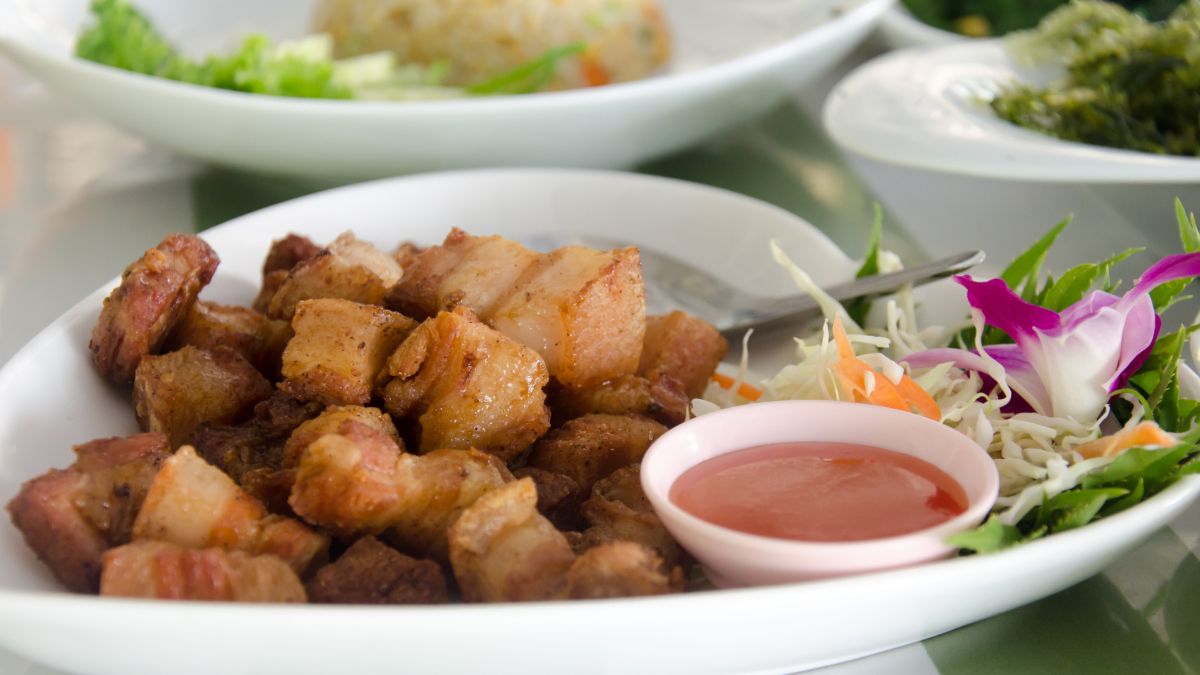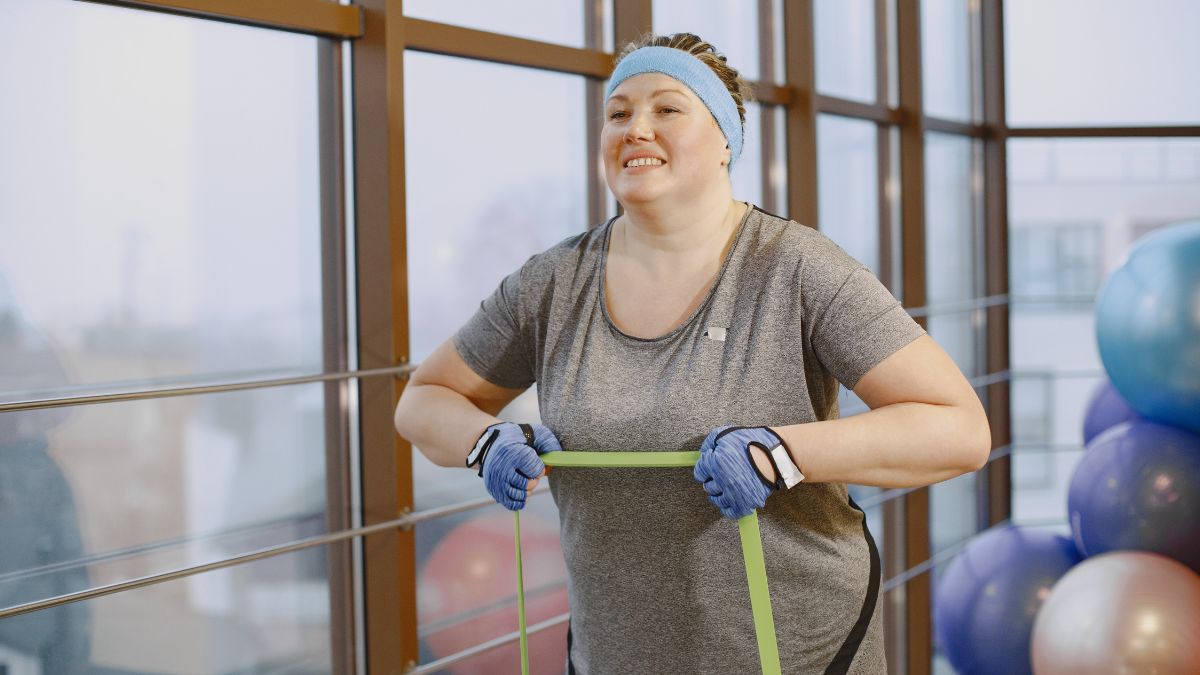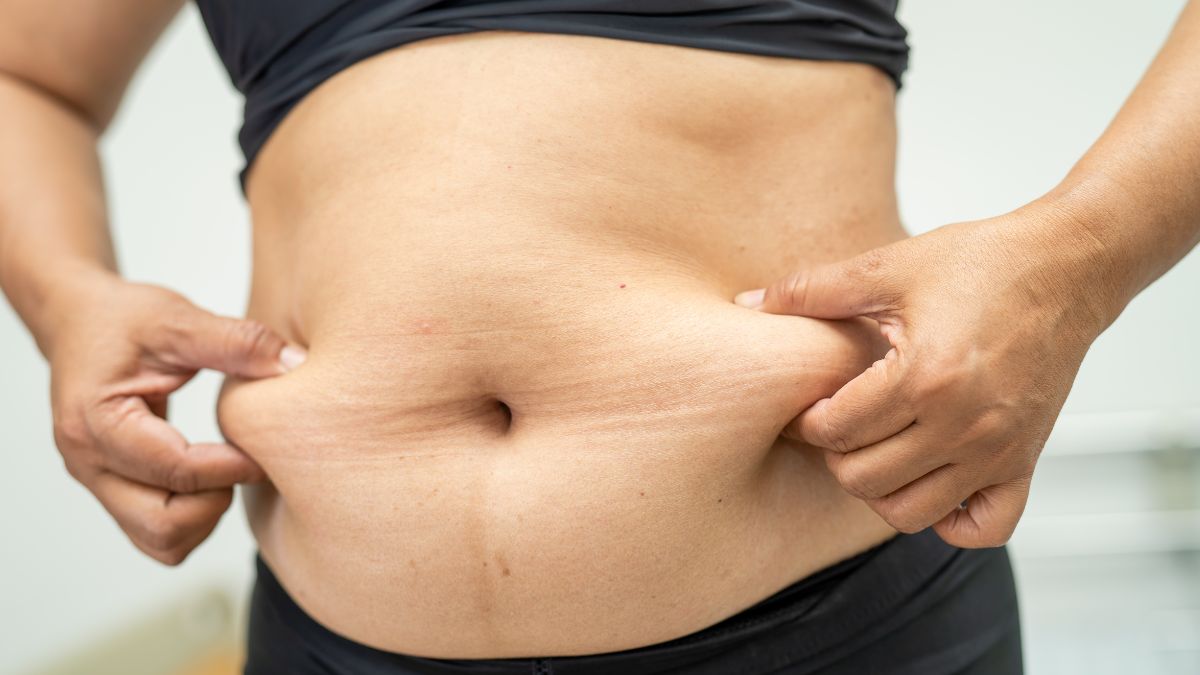There are many ways to reduce belly fat. However, it can be tough to stick to a strict diet when you have other responsibilities, such as work or school. In this blog post, we will provide you with five diet tips that are sure to help you lose weight quickly and easily. From eating smaller portions to making sure you’re getting enough exercise, these tips will have you on the right track to reaching your weight loss goals.
Cut Out Processed Foods
When it comes to losing weight, cutting out processed foods can be a big help. They are often full of unhealthy additives and preservatives and have a lot of calories and sugar. Instead, try focusing on eating real food—the kind that you would cook yourself at home. Here are some tips for cooking healthy meals without processed foods:
1. Shop for fresh produce instead of pre-packaged items: Buying fresh fruits and vegetables is a great way to cut down on processed foods and sugar. Plus, you’ll get to enjoy all the health benefits that come with eating natural food.
2. Make your own snacks and meals: You don’t have to limit yourself to just plain old fruit or veggies—try making your own snacks using nutritious ingredients like nuts, seeds, and whole grains. And if you’re looking for something more substantial than a snack, make a hearty meal from scratch using fresh ingredients.
3. Try out new recipes occasionally: If you stick to the same few recipes over and over again, chances are you’re going to start getting bored with them. Instead, experiment with different recipes from time to time so that you don’t get bored with your dieting routine altogether.
4. Drink plenty of water throughout the day: Not only will drinking water help flush away unwanted toxins from your body, but it will also help keep you hydrated which will help burn more calories。
5. Exercise regularly: Not only will exercise help you lose weight, but it can also improve your mood and overall health. By incorporating moderate exercise into your routine, you’ll not only lose weight but also feel better all around!
Avoid Sugar and Carbohydrates at All Costs

In order to promote weight loss, it is essential to avoid sugar and carbohydrates at all costs. These two types of food are notoriously bad for your health and can easily lead to obesity and other weight-related conditions.
Instead, focus on eating balanced amounts of foods that will help you lose weight. This means consuming plenty of fruits, vegetables, lean protein sources, and healthy fats. In addition to following a healthy diet plan, make sure to exercise regularly in order to burn off those extra calories.
Eat More Vegetables and Fruit

If you’re looking to shrink your waistline, adding more vegetables and fruit to your diet is a great way to start. Vegetables and fruit are low in calories and provide plenty of health benefits, including reducing the risk of heart disease, stroke, cancer, and diabetes. Here are five tips for eating more vegetables and fruit:
1. Eat More Veggies Raw or Cooked: If you like cooked vegetables, try cooking them with minimal ingredients—just enough oil or salt to give them flavor. Alternatively, enjoy them raw as a salad or snack.
2. Try Different Types of Vegetables: Don’t be afraid to experiment with different types of vegetables. There’s something for everyone on the vegetable family menu! Try roasting Brussels sprouts, making sweet potatoes au gratin, putting tomato sauce on zucchini boats, or roasting cauliflower with a lemon dressing in the oven.
3. Mix It Up With Fruit: Just as there are a variety of vegetables available to eat raw or cooked, there are a variety of fruits available too! Try blending up your fruit intake by enjoying blueberry pancakes instead of cereal in the morning; mixing chopped apples into oatmeal for an afternoon snack; or topping off your salad with grapes instead of croutons.
4. Make Sure You’re Getting Enough Fruits and Vegetables Every Day: Aim for at least 5 servings (about 1 cup) per day of fruits and vegetables. This will help ensure that you’re getting the recommended amount of vitamins, minerals, and fiber.
5. Use a Variety of Tools to Help You Eat More Vegetables and Fruit: There are many tools available to help you increase your vegetable intake. Try buying pre-cut vegetables or fruits, using a veggie peeler or slicer, or cooking with a little olive oil or butter.
Incorporate More Healthy Fats Into Your Diet
Incorporating healthy fats into your diet is an excellent way to promote weight loss and reduce belly fat. Two types of healthy fats include polyunsaturated fatty acids (PUFAs) like omega-3s and monounsaturated fatty acids (MUFAs) like olive oil. Omega-3s are essential fatty acids that play a crucial role in maintaining overall health. They promote heart health, mental well-being, and healthy brain function, while also reducing the risk of chronic diseases like diabetes, stroke, and some types of cancer.
When it comes to losing weight, consuming omega-3s regularly is key. However, not all omega-3 supplements are created equal, and some can contain high levels of toxins. That’s why it’s best to get your daily dose of omega-3s from natural sources like fish, including salmon, tuna, trout, sardines, and mackerel. These types of seafood are rich in omega-3s and offer a variety of health benefits.
Monounsaturated fatty acids (MUFAs) are another important type of healthy fat. They help regulate blood sugar levels and provide satiety, making them a valuable addition to any meal plan. They can also raise HDL cholesterol levels, reducing the risk of heart disease. Examples of MUFAs include olive oil, avocado oil, walnut oil, and canola oil. By incorporating healthy fats like omega-3s and MUFAs into your diet, you can improve your health, maintain a healthy weight, and even feel more satisfied after meals.
Get Enough Exercise

In order to lose belly fat, you need to be physically active. The Centers for Disease Control and Prevention (CDC) say that adults should exercise for at least 150 minutes a week at a moderate intensity or 75 minutes a week at a vigorous intensity. To make sure that you’re getting enough exercise, try incorporating some of these tips into your day:
1. Exercise before meals: Eating a meal after you’ve exercised has been shown to help burn more calories and keep your energy levels high while you’re working out.
2. Try interval training: Interval training is a type of exercise that involves short bursts of intense activity followed by longer periods of rest or low-intensity activity. This form of exercise helps you burn more calories and increases your heart rate over time.
3. Incorporate weights into your workout routine: Adding weight to your exercises can help tone your muscles and increase the number of calories burned.
4. Take the stairs instead of the elevator every day: Even small amounts of movement throughout the day can add up over time, helping you burn more calories.
5. Play a sport: Playing a sport can be an enjoyable way to get your heart rate up and burn calories.







